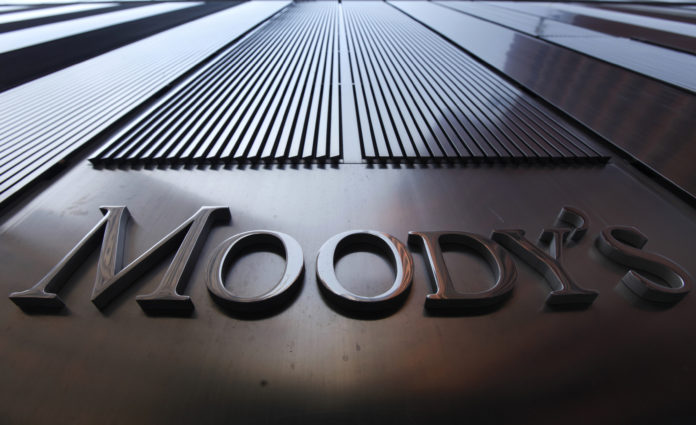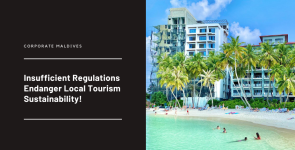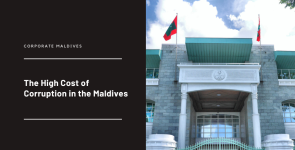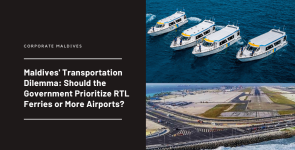
The Maldivian Government has recently received a first time credit rating of B2 from Moody’s Investors Service. This rating is stable. So what does this mean for country and the economy as whole?
A credit rating is given to a corporation or state or a government to determine the credit worthiness of the entity. Credit worthiness is associated with the risks of lending money to these entities. It also determines if it’s feasible, whether it’s a good idea to invest in such countries or bodies. However, a credit rating is not a recommendation to buy or sell nor is it a guarantee that the default given credit rating might not occur.
Such a rating is usually done by a credit rating agency such as Standard & Poor’s, Moody’s (which is the limelight of this write-up) and Fitch. These rating agencies are paid for by the entity that is seeking a credit rating for itself or for one of its debt issues. The system varies among the three but are generally the same and represented by letters. The higher the rating such as a triple A rating is considered to be excellent or good. The lower the rating the higher the interest and vice versa. Hence high rating is more favorable.
Moody’s rating is as follows:
| Credit Rating | Rating Description | |
| Aaa | Prime | Investment Grade |
| Aa1 | High Grade | |
| Aa2 | ||
| Aa3 | ||
| A1 | Upper Medium Grade | |
| A2 | ||
| A3 | ||
| Baa1 | Lower Medium Grade | |
| Baa2 | ||
| Baa3 | ||
| Ba1 | Non Investment Grade Speculative | Non Investment Grade aka high yield bond aka junk bonds |
| Ba2 | ||
| Ba3 | ||
| B1 | Highly Speculative | |
| B2 | ||
| B3 | ||
| Caa1 | Substantial Risks | |
| Caa2 | Extremely Speculative | |
| Caa3 | Default Imminent with Prospect for Recovery | |
| Ca | ||
| C | In Default | |
| / | ||
The Maldivian Government has a rating of B2. According to the system this is generally the highest rating assigned to a non-investment grade security or carrier. This rating signifies that the security or carrier is not creditworthy enough to be considered as an investment, and is therefore considered speculative. Investors or policy owners are taking a higher level of risk with this entity. To simplify it this means that the country is on the border line of favorable and non-favorable in the prospective investment areas. Investors would hence be playing on a little bit of a gamble due to the high risk factors.
To improve the rating a country, it must first try to attain political and institutional stability. Along with this it must implement consistent macroeconomic policies and have a considerable economic and GDP growth with sustainable of fiscal accounts per capita product. Furthermore, there should be regulated public and private foreign debt with a high level of international and financial integration with diversification of exports in terms both markets and products as well.









